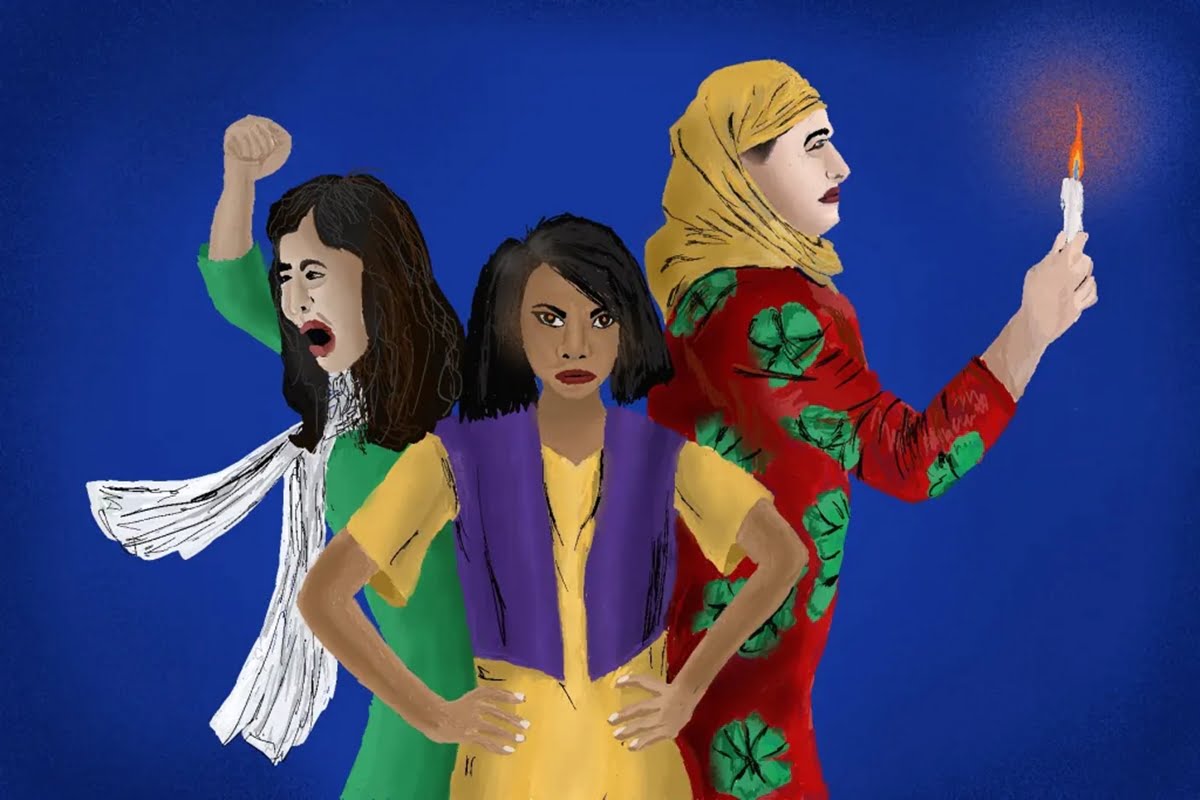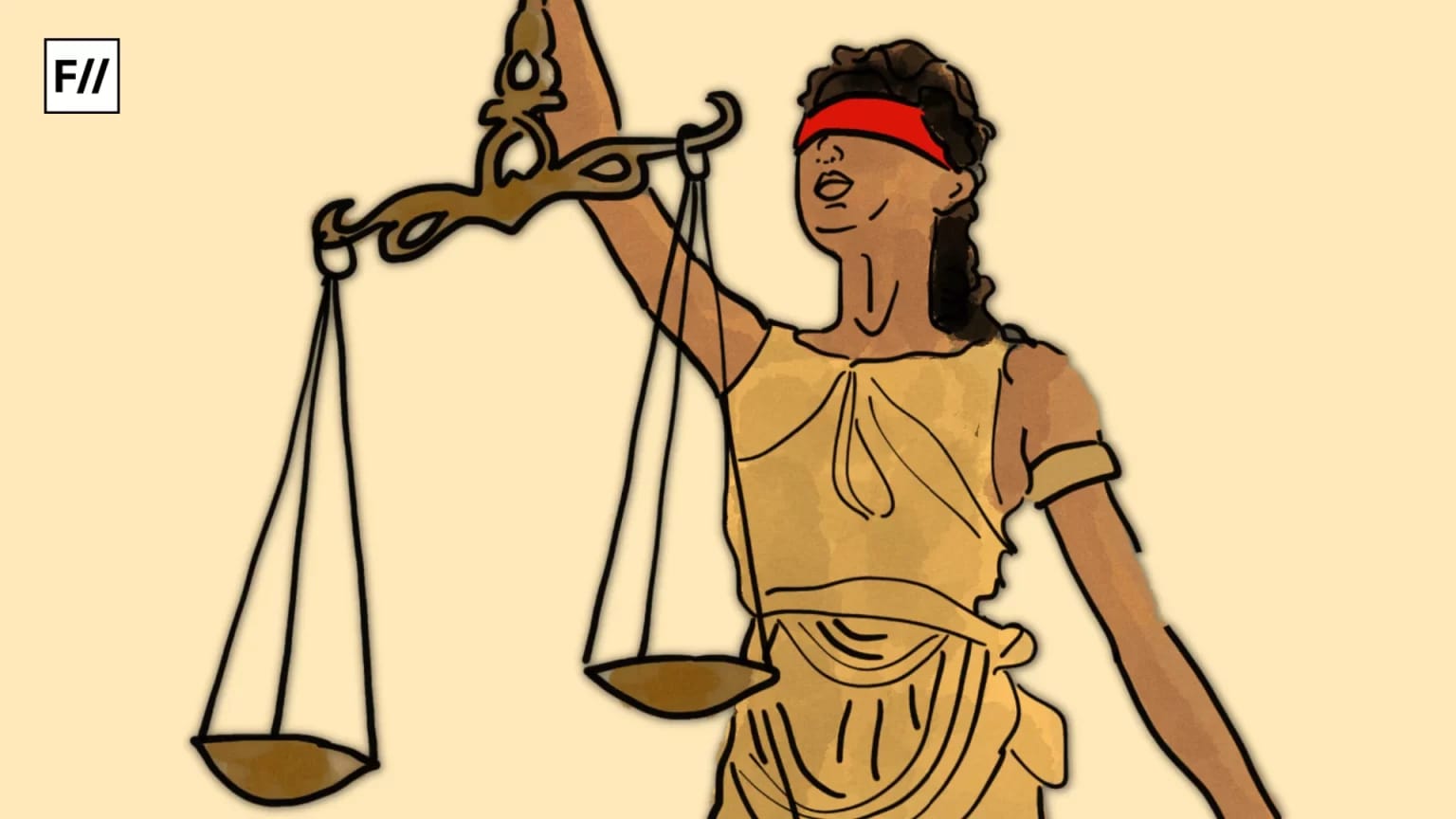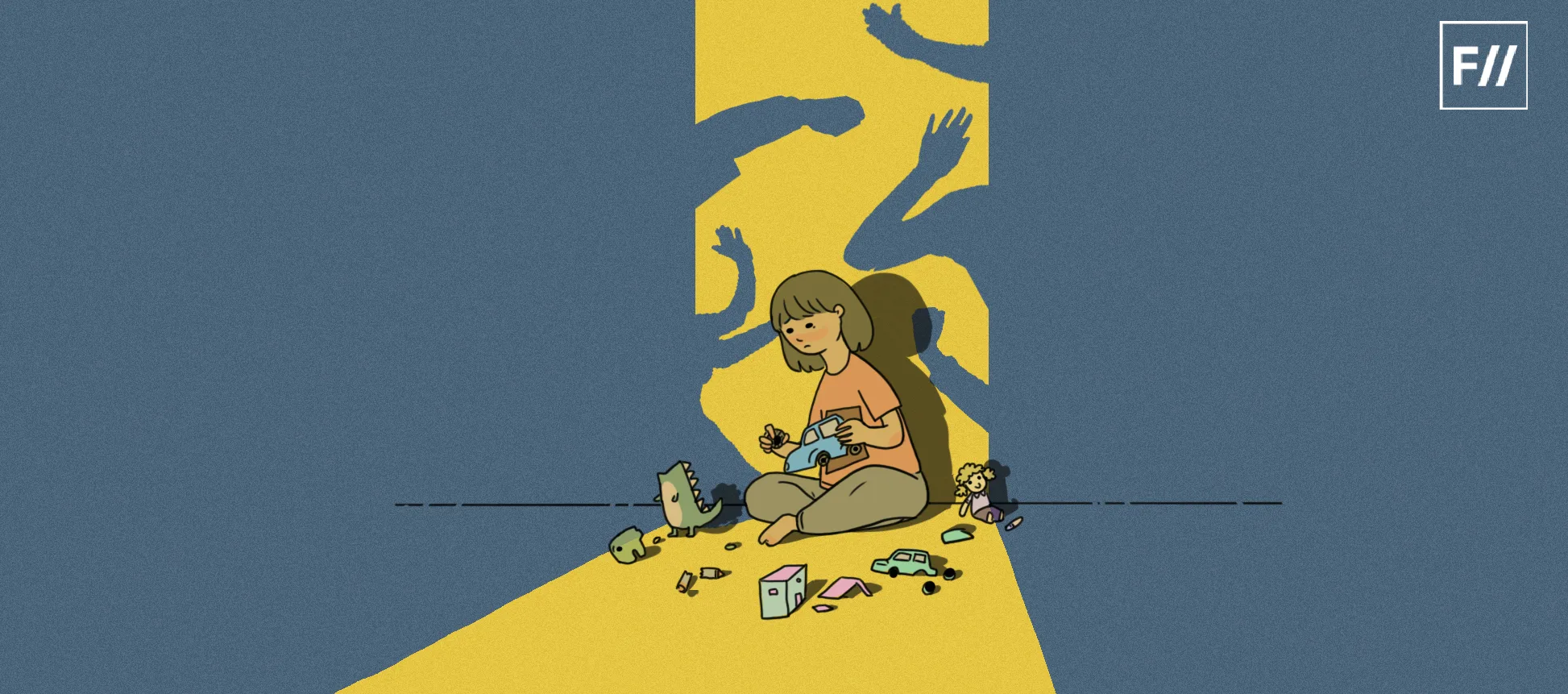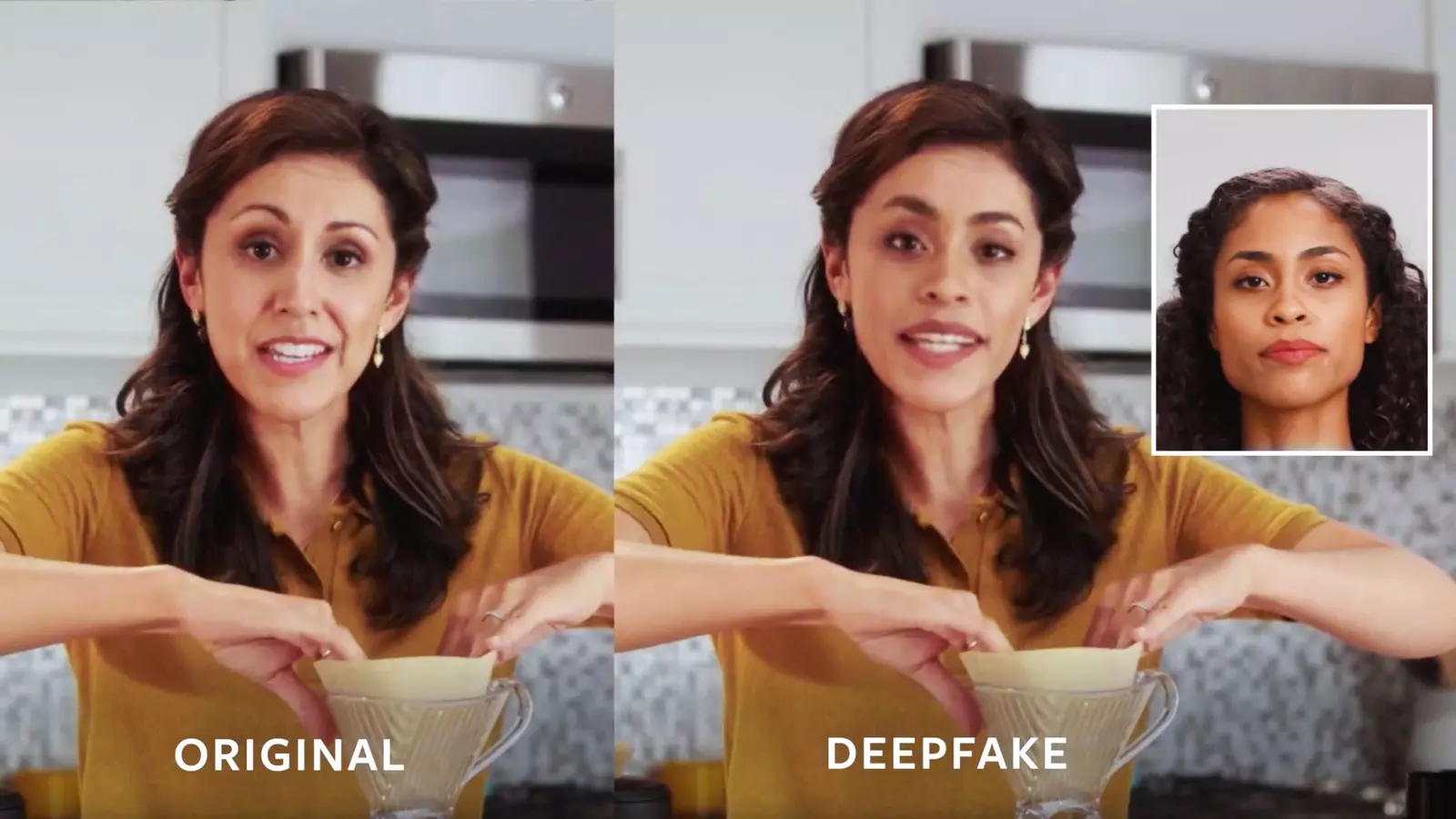News of young women dying by suicide along with with their little children, mostly by jumping into wells (and sometimes by coming in front of moving trains, etc.) is not a rarity in India. To gauge the incessant nature of this menace, consider the words of Lord Justice Braund of the Allahabad High Court hearing a similar case from the 1940’s, “We need hardly say that this is one of those cases common in these provinces in which a young woman with a baby in her arms had jumped or fallen down a well”.
A simple Google search of the phrase ‘women committing suicide in India with kids’ shows the enormity and urgency of this problem. Obviously, the act of a young woman killing herself and her kids evokes certain emotional responses from us, and may even bring forth judgment on the motherhood of the deceased. However, what happens when, after killing her offspring, the mother survives?
A simple Google search of the phrase ‘women committing suicide in India with kids’ shows the enormity and urgency of this problem. Obviously, the act of a young woman killing herself and her kids evokes certain emotional responses from us, and may even bring forth judgment on the motherhood of the deceased. However, what happens when, after killing her offspring, the mother survives? Not to mention the societal and psychological wrath the woman faces; will the deviant mother be charged for murder of her innocent little kids? Below is an analysis of a landmark judgment in this issue from the 1940’s in the High Court of Allahabad: Emperor versus Dhirajia (from which the above quote of Justice Braund has been taken).
Also read: A Feminist Critique Of The Criminal Laws In India
Dhirajia was a 20-year-old woman married to Jhagga with a 6 months old daughter. The High Court of Allahabad, in a double bench of Justice Henry Benedict Linthwaite Braund and Justice Uma Shanker Bajpai, accepted from evidence that she was not treated well by her husband. On the day of the incident, Dhirajia wanted to visit her parents in a neighbouring village. Since the husband did not allow this, she ran away from home in the very early hours of 9th August, 1939. Somehow the husband realised she’s missing and went after her. Upon seeing him following her into the railway station, Dhirajia panicked; and finding herself in the unfortunate classic scenario of ‘between the devil and the deep blue sea’, chose the deadly safety of the waters of a nearby well (or fell down while running). The result being that the mother survived with little or no injury while the child died. For this, Dhirajia was charged with murder of her baby and attempted suicide (which was a serious offence back then).
Dhirajia changed her statement during the trial. While initially she had said that she jumped deliberately into the well, she later changed it, perhaps on advice, to that she fell down the well while running. However, in both the instances, she asserted unequivocally that she was scared of Jhagga, more so after defying him by running away to meet her parents.
Dhirajia was not charged for attempt to suicide as the Court held that she did not have the intention of killing herself. However, she was found guilty of causing the death of her daughter, albeit unintentionally. This was because according to the Court she did not want to kill her own daughter, but the act of jumping into a well with a small baby is inherently and logically so dangerous that every sane person ought to know the harm it can cause to the baby. Apart from this, the Court reiterated that under the Indian Penal Code, a homicide is a murder only if there is no excuse for committing it, otherwise it is ‘culpable homicide not amounting to murder’, resulting in substantially reduced sentences as compared to those for murder i.e., death penalty or life in prison. The Court opined that Dhirajia did have a valid excuse. That excuse was a genuine fear of her husband, which resulted in panic and fright. Under a panicked state of mind, she considered jumping into the well with her baby a better option than to face her enraged husband. Even after charging her for homicide, the court was still sympathetic to Dhirajia and gave her a punishment of 6 months rigorous imprisonment. Since she had already served 8 months in jail, she was released forthwith.
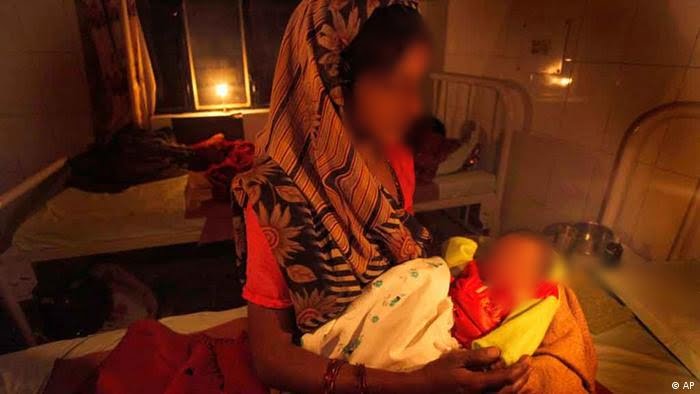
The Dhirajia judgment, apart from being logical and legally sound, can be considered a cornerstone of gender jurisprudence in India. The Court was empathetic to her plight and did not think too much of her changing her statements. In fact, the justices considered her first statement “quite straightforward statement of fact” and said that they could not “but regret that in the Sessions Court her statement was changed”.
The Dhirajia judgment, apart from being logical and legally sound, can be considered a cornerstone of gender jurisprudence in India. The Court was empathetic to her plight and did not think too much of her changing her statements. In fact, the justices considered her first statement “quite straightforward statement of fact” and said that they could not “but regret that in the Sessions Court her statement was changed”. They also commended the prosecution counsel Mr. Shekhar Saran for properly representing a woman, who was “not otherwise represented”. Moreover, the Court referred to Dhirajia as an “unfortunate woman”, “not deserving of a severe punishment”. Most pertinently, the court appreciated the fact that the fear of an ill-treating husband can affect the state of mind of a woman, going so far as considering it a valid excuse for killing someone. That it came in the year 1940, when women’s rights were not fully understood, makes it even more remarkable.
Therefore, in this way, the High Court explicitly accepted the theory that women and men may react to threat differently and that the laws, especially criminal laws, have an inherent bias towards cis males; meaning thereby that laws are created to suit specific male characters, emotions and reactions and ignore those of women, because the people making them are almost always men. Ironically, this feminist conjecture had not being recognised in the 1940. And the tacit approval of it by the Court was not an academic finding but an emotional, practical and logical interpretation of a real situation.
Also read: Movement Lawyering As A Tool To Articulate Feminist Values And Goals
Katharine O’ Donovan writes in her landmark paper ‘Defences for Battered Women who Kill’ – “Women rarely kill by comparison with men. But women do fear male violence. This leads Taylor to draw the conclusion: ‘Female homicide is so different from male homicide that women and men may be said to live in two different cultures, each with its own “subculture of violence”. Also- “Violence and fear have a relationship to gender.” However, most of the other researches, along with the one by O’ Donovan, are focused on battered women who kill their husbands in retaliation to the violence meted out to them. Women who attempt to die by suicide along with killing their children are largely ignored in this debate. It requires no clarification perhaps that a woman who survives a suicide attempt in which her children died, will face immense societal pressure and character assassination, being labelled as a churail (witch) and nagin (cobra) who eats her own sapolas (baby snakes); not to mention the psychological trauma she is personally dealing with due to killing her own babies. Moreover, since she is going against her biological nature and instincts of the preservation of her own self and that of her offspring, she is sure to suffer from some psychiatric issues as well, which itself is a taboo subject in India, leaving these women to suffer silently.
It, therefore, becomes a matter of significant importance to revisit our laws from a feminist conscience.
Featured Image Credit: Aasawari Kulkarni/Feminism In India
